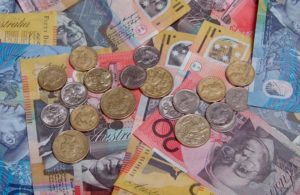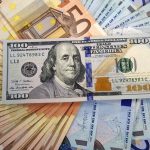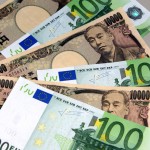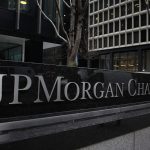 Australian dollar plunged to its lowest point in almost three years against the US dollar on Wednesday, following the release of upbeat Employment and Gross Domestic Product reports out of the United States.
Australian dollar plunged to its lowest point in almost three years against the US dollar on Wednesday, following the release of upbeat Employment and Gross Domestic Product reports out of the United States.
AUD/USD collapsed to a session low at 0.8946 at 12:31 GMT, a level unseen since September 2010, after which consolidation followed at 0.8974, still down by 0.99% for the day.
Minutes ago Automatic Data Processing Inc. (ADP) released a report, which showed that US private sector added 200 000 new job positions in the month of July, surpassing preliminary estimates of 180 000 jobs, while Junes value of the ADP Employment Change indicator was revised up to an increase by 198 000 from 188 000 previously. This indicator is usually taken as a benchmark for the possible development of the non-farm payrolls indicator, which was due to be released on Friday. Experts projected that it will show an increase by 185 000 jobs in July, below the registered 195 000 jobs added in June.
Additionally, an official report stated that US Advance Gross Domestic Product grew at a larger rate than projected during the second quarter of the year, despite that the overall recovery was going at a relatively slow pace, as consumers seemed to be restrained and the federal expenditure cuts were ongoing. US GDP expanded at an annual rate of 1.7% during the April-June period. The final value of the GDP during the first quarter of the year was revised down from a 1.8% increase to 1.1% increase, while experts had projected that economy will expand by 1.0%. These results implied that US economy did not manage to gain the necessary momentum, because of the weaker performance of other economies worldwide, political instability in the country, higher taxes and ongoing federal expense reduction. However, if housing market in the United States continues its upwardly development, business investments rise and the effects caused by restricted budget expenditures fade, economy could show a better performance in the coming months.
Last but not least, Personal Consumption Expenditures (PCE) in the United States, giving over two thirds of the overall demand in economy, rose by 1.8% during the second quarter of this year, slowing down in comparison with the first three months, when the indicator grew by 2.3%. Preliminary estimates pointed an increase by 1.6%. Consumers were more willing to spend at the beginning of the year, but recently they seemed to be more wary, with their preferences focused mainly on first necessities and less on other categories of goods. As the housing and stock markets in the states improve, this could influence favorably expenditures in the future. Additional impulse for spending could be submitted also by the fact that Employment Cost Index (ECI) in the country rose at a moderate pace, by 0.5% during Q2 of the year compared to Q1, beating forecasts of a 0.4% increase. On annual basis, this index advanced 1.9% during Q2, but this result remained below the historical average value. This moderate increase suggested that labour market recovery was not yet strong enough.
Right after the release of these reports, the US dollar gained strength against most of its major peers. GBP/USD retreated by 0.60% to trade at 1.5145, EUR/USD slid by 0.31% to 1.3222, while USD/JPY cross advanced 0.35% to trade at 98.39.
The Federal Open Market Committee was expected to release its statement later in the day, as the panel will probably wait until September to scale back its monthly purchases by 20 billion USD to a total of 65 billion USD, according to half of the 54 economists, surveyed by Bloomberg.
Meanwhile, Reserve Bank of Australia Governor Glenn Stevens said on Tuesday that the inflation outlook provided some room for further policy easing, triggering a 1.6% drop in the national currency. “Stevens is “very happy with a lower Australian dollar, and I think he’s going to continue using that as a policy tool,” Chris Weston, the chief market strategist at IG Markets Ltd. in Melbourne, said, cited by Bloomberg. “August is certainly a date that they’re going to cut.”
In addition, earlier today it became clear that Private Sector Credit in Australia rose by 3.1% in June annually, above estimates of a 2.9% increase, after the 3.0% rise during the preceding month. The monthly performance of the indicator also improved.
Elsewhere, the Aussie lost ground against the euro as well, with EUR/AUD pair soaring 0.91% to 1.4772. AUD/NZD was also lower, down by 0.54% for the day to 1.1290.





